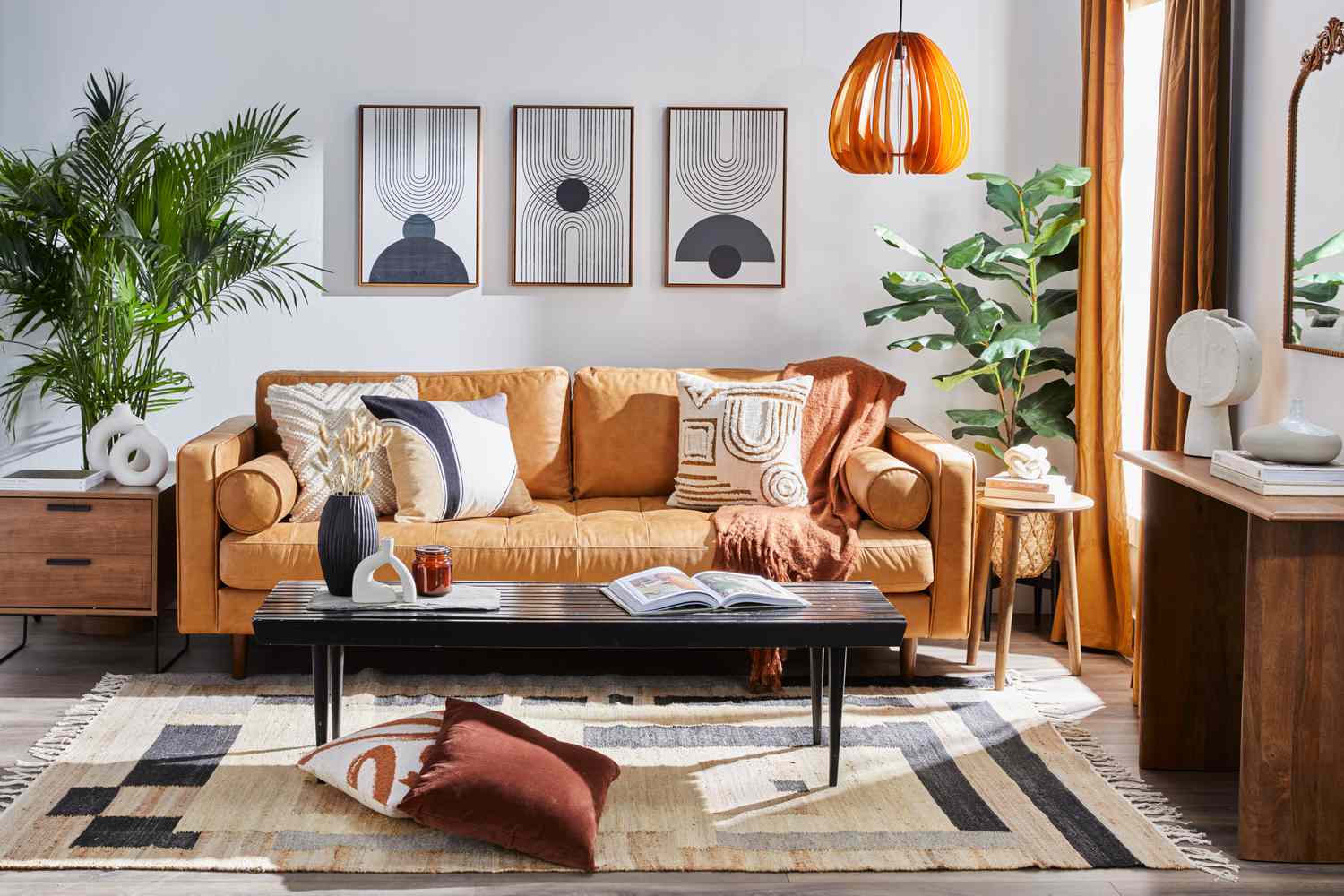Introduction
Color is an essential element in interior design. It can be used to create a mood, add personality, and convey a message. However, selecting the right color for your space can be a daunting task. Fortunately, hue effects can help you create a harmonious, balanced, and visually appealing ambiance. In this article, we’ll explore what hue effects are, their benefits, and how to use them to enhance your living spaces.
What Are Hue Effects?
Hue effects are colors that are created by blending two or more colors. They can add depth, texture, and interest to a room. Some of the most common hue effects include:
1. Ombre
Ombre is a gradient effect that blends light to dark shades of one color. It adds a sense of depth and creates a focal point in the room.
2. Monochromatic
Monochromatic hues use shades of one color to create a cohesive and harmonious look. It’s easy on the eyes and can create a minimalist, modern, or sophisticated appearance.
3. Complementary
Complementary hues are opposite colors on the color wheel. Colors like blue and orange, or red and green, create a bold and dramatic contrast. Complementary hues are ideal for accent walls or features.
4. Analogous
Analogous hues are adjacent colors on the color wheel. They create a subtle transition, blending the colors together effortlessly. Analogous hues can create a warm and inviting ambiance, perfect for a living room or bedroom.
Benefits of Hue Effects
1. Adds Visual Interest and Depth
Hue effects add interest and depth to a room, breaking up a monotonous color scheme. By adding texture and creating a focal point, hue effects can make a small space feel larger and more inviting.
2. Creates a Harmonious Living Space
Hue effects that complement or blend together create a harmonious and balanced ambiance. The cohesive color scheme creates a calming and relaxing atmosphere, perfect for unwinding after a long day.
3. Can Emphasize Architecture and Design
Hue effects can enhance and emphasize the architecture and design of a room. A bold complementary color can add emphasis to a feature wall or staircase, while a subtle monochromatic hue can highlight a beautiful piece of furniture.
How to Use Hue Effects in Your Spaces
Now that we’ve explored the different hue effects and their benefits, let’s discuss how to use them in your living spaces.
1. Pick Your Base Color
Start by selecting a base color for your room. This could be a neutral or bold color that you love.
2. Choose Your Hue Effect
Once you’ve selected your base color, choose a hue effect that complements or contrasts it. For example, a blue base color could use ombre shades of light blue and navy for a serene and relaxing ambiance.
3. Plan Your Color Placement
Consider where your hue effect will be used in your space. Will it be an accent wall, a piece of furniture, or a decor accessory? Plan your color placement to create balance and interest.
4. Experiment with Textures and Patterns
Hue effects can be enhanced with textures and patterns. Consider using a patterned rug or textured throw pillows to create visual interest and depth.

